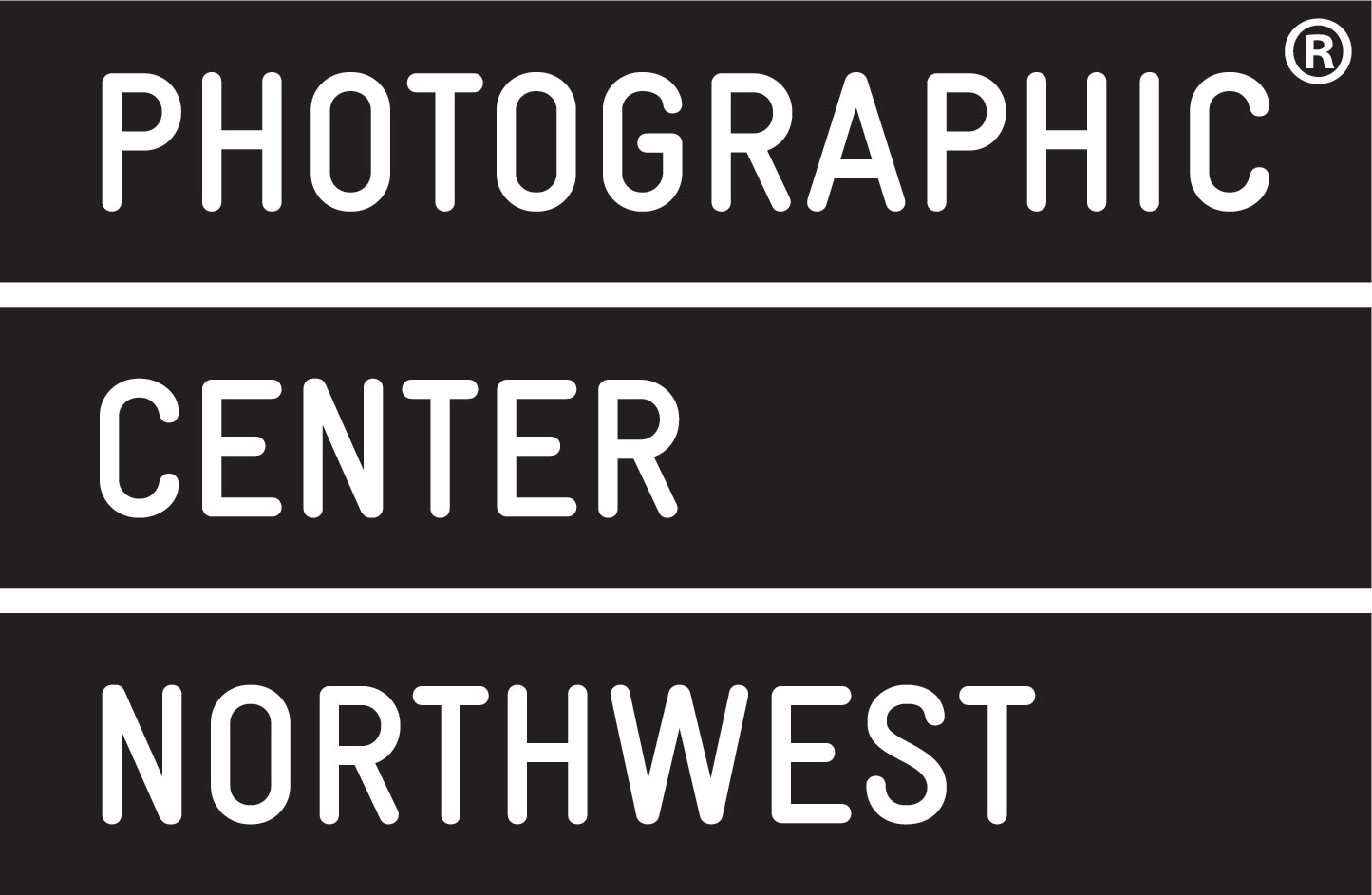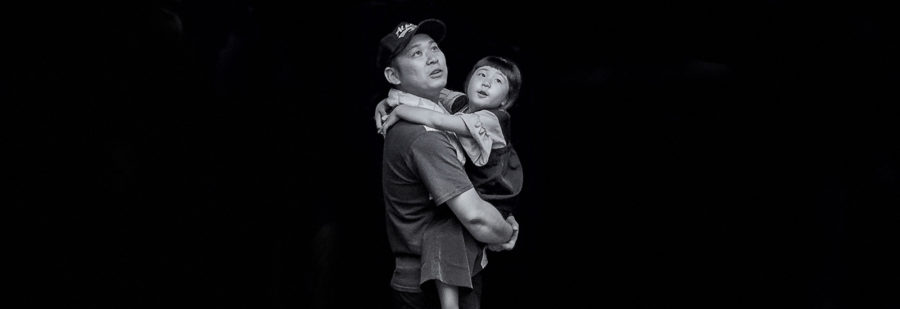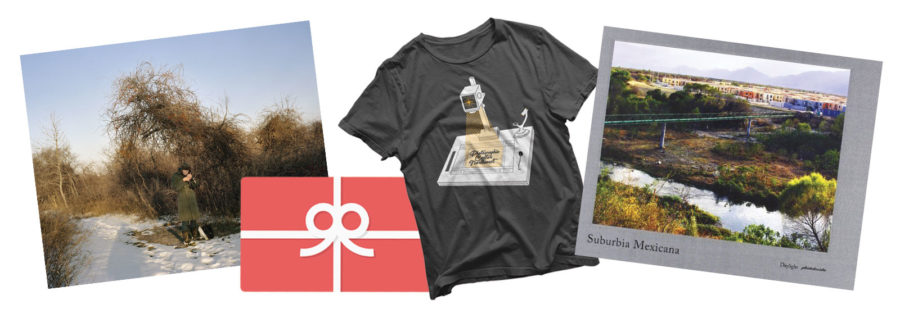Joshua Littlefield is an exhibiting artist in PCNW’s 23rd annual juried exhibition, curated by Kris Graves.

Snap, from the series “Flash Bang Pow,” 2017
Archival pigment print
Film capture (large format 4×5)
$750
Please contact Erin Spencer at espencer@pcnw.org with questions or to purchase.
Tell us about yourself, where you’re from, and when you first discovered your love of photography.
Hello – my name is Joshua Littlefield; I am a multimedia artist (concentrating in the fields of imagery and sculpture), originally from St. Petersburg, Florida, and currently based in Baltimore, Maryland, while pursuing a master’s degree at the Maryland Institute College of Art. Though much of my practice is not strictly image based, photography, as a medium, informs the backbone of what I do – it serves for me as a jumping off point into a larger field of possibility. When I was younger, my attention and interests always gravitated towards the graphic (color, texture, material, etc. . .), and, to be honest, I never had the attention or patience to pick up a pencil or paintbrush. The opportunity came along during my school years to learn photography (film, specifically), and it seemed the perfect opportunity to be a vehicle of creative release while also allowing for interpretation and experimentation that other media, at the time, seemed too formal to permit.
Tell us about the work that was selected to be included in Distinction by Kris Graves.
The image, Snap, came at a pivotal junction in the evolution of my practice. My work, for an extended period of time (virtually from when I first began photographing to four / five years after that) existed only as black and white film images. Any photograph I was creating towards the end of that time period began feeling stagnant, and creating was starting to feel stifling. The interpretation and experimentation I’d felt when I was first photographing was dissipating, and, for whatever reason, I wasn’t allowing myself to move past what my initial exposure to photography was. Every image I developed presented the request to be more than it was, and I reached a point where picking up a camera was almost a chore – at some point, I can’t remember exactly when or why, my 35 MM camera and BW film went in a closet somewhere, and out came a large format camera with color film. Imagery, at least my own, never went past anything surface level – there was always so much more outside of the physical and metaphysical frame of the camera that I logistically could not capture on film, so after shifting the method of capture (35 MM / BW to large format / color), the method of finishing also shifted. The developed film started serving as a representation of an idea, and then whatever was shellacked on top before scanning the film became the translation of what the image could not speak to. Snap, itself, was one of the first pieces made in this new method of working; though the title is somewhat violent, the image itself is a release from a buildup of pressure, a quick and needed exhalation from a long period of personal plateauing.
Is the selected work part of a larger body of work?
The series “Flash Bang Pow,” of which Snap is a part, my own internal emotions and observations are shown by manifesting them as a sheen on the image in the form of additive material manipulations, which leaves a fragment of myself on top of the capture. By altering negatives post-shooting through a variety of media, intense self-reflections – or rather, what I was, personally, experiencing while creating the photograph – can be seen in the material world, and begin to speak in broader terms than my own singular viewpoint. Through translating these thoughts via alterations on the surface of a negative or print, they may become recognizable to the observer, and expand to encompass and normalize emotion and personal occurrences people rarely choose to disclose to others. It was necessary that the negatives were themselves directly impacted without the aid of digital altering, in order to physically and permanently imprint each capture with the thoughts associated.
Who / what are your biggest influences?
Any artists who straddle mediums are the ones I find myself most attracted to; the likes of John Baldessari (rest in peace), Beverly Semmes, Shae DeTar, Andro Wekua, Gerhard Richter, and many others, have all been highly influential to my artistic development, specifically in the scope of allowing myself to understand that it is okay to work in a way that is not strictly one thing or another, and to delve into process that can be both, nothing, everything, etc. . . Frankly, I have a tendency to be both headstrong in my opinions, and fearful in allowing myself to step outside of my zones of comfort, and being exposed to artists working in whatever ways made sense for their work allowed me to make that step, rather than forever relegating myself to one method of creation because it was what I had learned and been trained in.
Are you making work in response to the current pandemic?
I wouldn’t say I’m making work in direct correlation to the pandemic at this point, no, but I am taking the opportunity to resume working on a series of soft sculptures (large scale pieces sewn from fabric / found material) that share a similar reality. Given social distancing and isolation, my options for photographing are somewhat limited, so it seems like the perfect distraction to spend my time sewing in the relative safety of my own home. The work, My Birth Inorganic, discusses themes of personal accumulation by translating the physical / psychological waste that gathers in one’s lifetime into sculptural figures formed from found material. The pieces seem to bring about life themselves the more they gather together and the more mass they accumulate. Much like painful memories, fragments of traumatic events, or other miscellaneous unwanted life experiences that we choose to push to the background, the life forms of My Birth Inorganic fester in dark, forgotten spaces until they shift, grow, spread and breed out of proportion akin to mold or fungi. In this way, their nature hearkens to virality and communal spread.
PCNW’s annual juried call for entry provides exhibition opportunities for artists and directly supports our programs, scholarships, and labs at PCNW. This helps ensure access to photography for many future generations of creatives. We know you have many options for submitting your work, so please tell us why you chose PCNW? What are your thoughts and experience with submitting your work to different calls?
I tend to approach everything in life not directly correlated to the creation of work from a very methodical lens. When I search for opportunities, I jury extensively beforehand and only submit to those that seem most relevant to myself and my work.
First, is the theme relevant to me or my interests? What is the gallery space – where is it, am I interested in showing work in that venue/city/state, what is the potential reach of showing there (i.e. how popular is the gallery online, is it likely to receive a decent number of visitors during the run of the show), and what is the reputation of the gallery or venue? Do they seem open to non-traditional photography? Do they offer anything outside of an exhibition space (i.e. do they support programs / charitable funds, etc. . .)? Who is the juror? What experience do they have? What other shows have they juried, and what types of work do they usually accept into other shows they have curated? Do I know of them already? What artists have shown at the venue or gallery before me? How successful are they? How often do they show? Who am I likely to show alongside? How long is the show? Is the length of the show in harmonious conjunction to the amount of available work I have to show? Etc. . .
Answering all of these questions to my satisfaction maximizes the potential experience of being exhibited, and, in short, PCNW seemed like a perfect fit!



